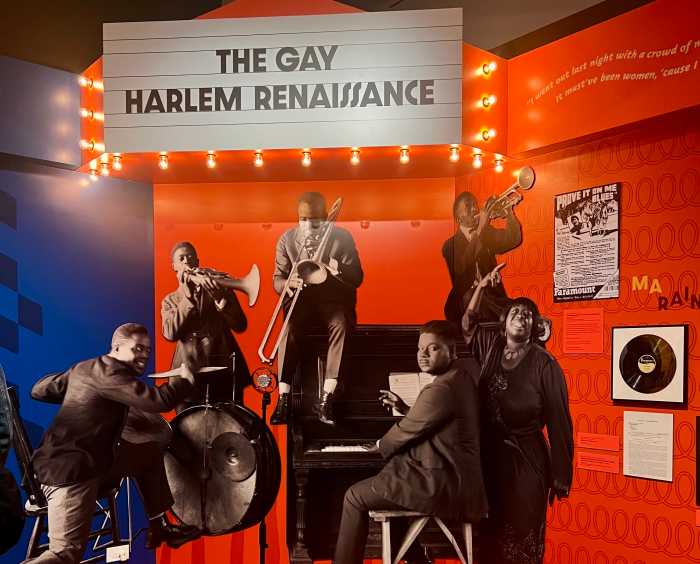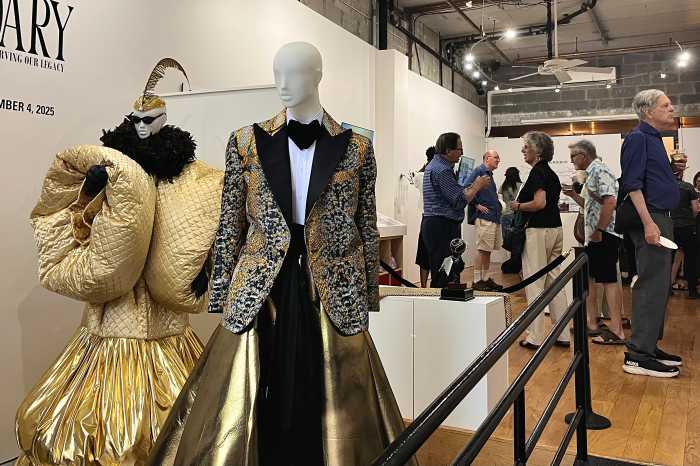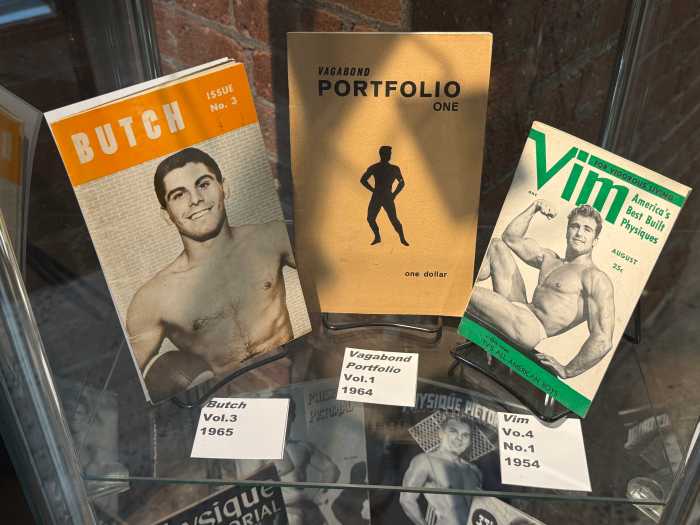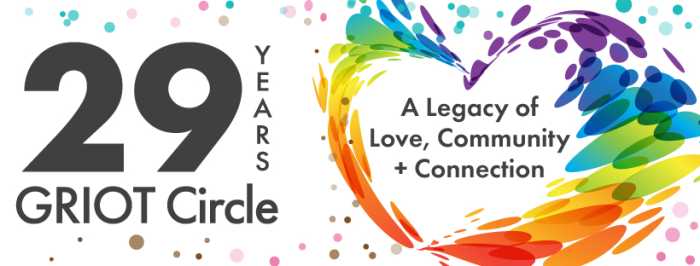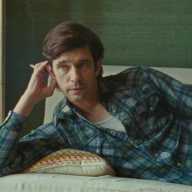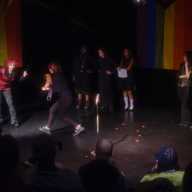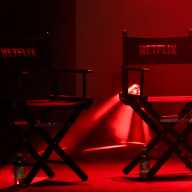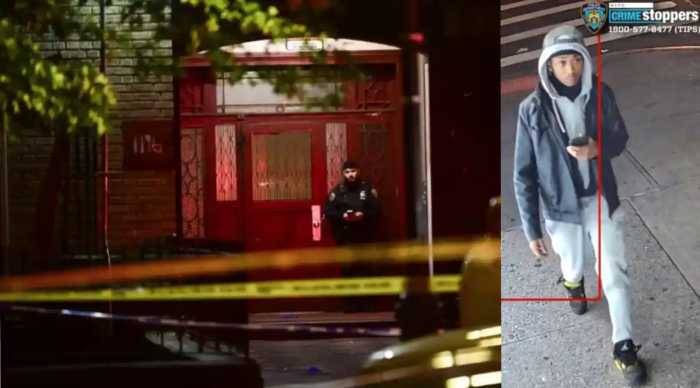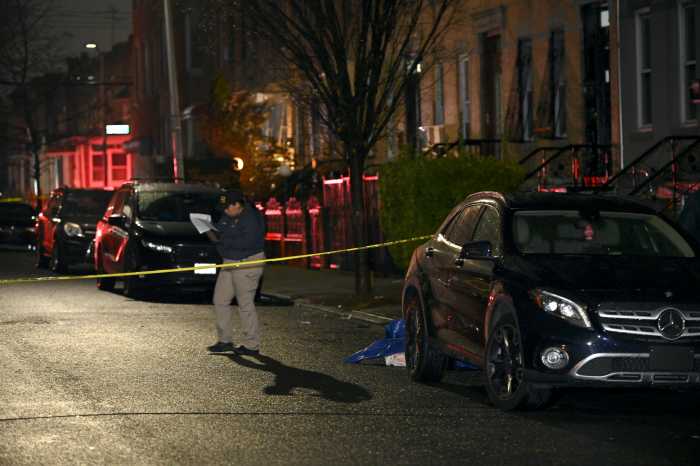BY GREGORY MONTREUIL | Space, color and light merge in little-known works by Richard Diebenkorn, created between 1950 and 1952 as a graduate student at the University of New Mexico, Albuquerque. This handsome group of 40 paintings, drawings, and gouaches show Diebenkorn finding his way with a freedom and lightness of touch. Warm colors and translucent layers of paint echo the effects of light and air in the surrounding New Mexico landscape.
Prior to his time in graduate school, Diebenkorn was in the military, involved in map-making and cartography. The compositions in this exhibition seem to have been shaped by this experience with aerial-like views coming in and out of focus.
Richard Diebenkorn's early work at NYU's Grey Art Gallery.
This show illustrates the way freedom of application interacts with structure in a delicate dance. The structures, made of irregular patches of color, are often defined by meandering black lines that act as paths for the wandering eye. The colors are warm but thin, barely covering the passage beneath in surprising combinations, such as pink covering green. Spatters and drips are few but telling, offering clues and energy. Some paintings done horizontally have ended up being hung vertically. With a penchant for landscape, Diebenkorn stated that the New Mexico series was an attempt “to think of natural forms in relation to my own feelings.”
RICHARD DIEBENKORN|
“Diebenkorn in New Mexico”
Grey Art Gallery
New York University
100 Washington Square E. at Waverly Pl.
Tue., Thu., Fri. 11 a.m.-6 p.m.
Wed. 11 a.m.-8 p.m.,
Sat. 11 a.m.-5 p.m.
Through Apr. 5
212-998-6780
“The Green Huntsman,” 1952, one of the few horizontal paintings in the show, is striking for its balance of darks and lights. The dark somber under-painting covered with thin white wash gives way to a small area of brightness that sings in the dark.
Black and white ink washs on paper carry a spontaneous execution. Diebenkorn's work reflects its era and shares affinities with DeKooning, Motherwell, and Frankenthaler, while remaining distinctly his own.
The show includes a tabletop sculpture from 1951 made of welded scrap iron, a configuration of rusted lines in space. Other works seem to be scrawled upon in calligraphic cartoon shorthand, like the X's and O's of tic-tac-toe.
Thought to be his first painting done in his new environment, “Untitled,” 1950, looks as though one color form has caused others to relocate, in a combination of bright and earthy tones. Diebenkorn embraces his surroundings with an inventive playfulness that can only be achieved in paint.

